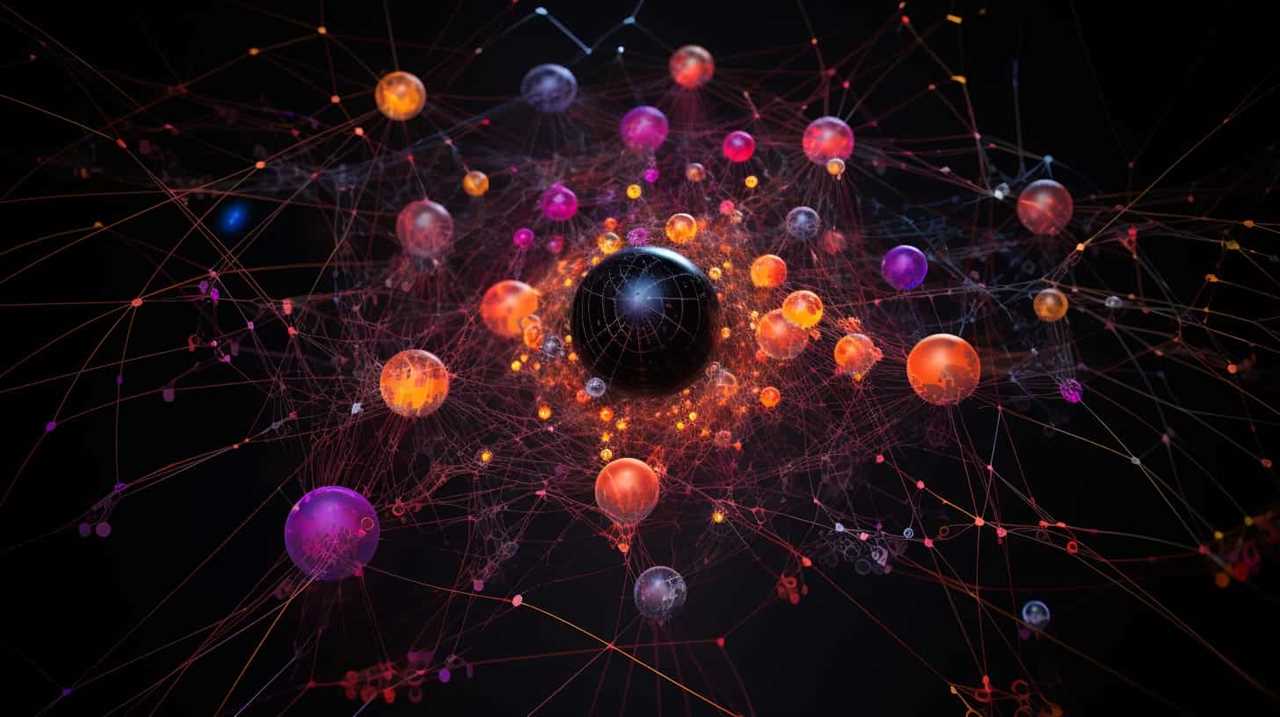Robots in the Greenhouse: Meet Zordi
In 2020, robotics specialist Gilwoo Lee and sixth-generation farmer Casey Call teamed up to create Zordi, a platform integrating AI and robotics into greenhouse cultivation. Backed by Khosla Ventures, Zordi specializes in growing strawberries using robots and AI to handle everything from planting to harvesting.
The Rise of AI in Sustainable Agriculture
While AI may not be the first thought in sustainable agriculture, the industry is embracing advanced technology to optimize farming practices. AI and machine learning are used to analyze data like microclimate conditions and soil pH to make informed decisions that improve efficiency and sustainability.
From Precision Farming to Data-Driven Decisions
Agriculture has evolved from precision farming in the ’80s and ’90s to leveraging AI and ML today. Farmers can now make data-driven decisions based on precise information about their crops, leading to improved yields and reduced waste.
Challenges and Opportunities
While AI and robotics have the potential to revolutionize global food production, challenges like data security, connectivity in rural areas, and data ownership need to be addressed. Additionally, the transition to AI-powered farming may impact labor dynamics and income disparity in the industry.

The Future of Agriculture
As the agriculture industry adapts to climate change and growing food demands, AI and robotics offer powerful tools for farmers to thrive. Companies like John Deere and Microsoft, along with smaller farmers and startups, are leading the way in this technological revolution towards a more sustainable and climate-friendly future.










